-
 Thanh toán đa dạng, linh hoạtChuyển khoản ngân hàng, thanh toán tại nhà...
Thanh toán đa dạng, linh hoạtChuyển khoản ngân hàng, thanh toán tại nhà... -
 Miễn Phí vận chuyển 53 tỉnh thànhMiễn phí vận chuyển đối với đơn hàng trên 1 triệu
Miễn Phí vận chuyển 53 tỉnh thànhMiễn phí vận chuyển đối với đơn hàng trên 1 triệu -
 Yên Tâm mua sắmHoàn tiền trong vòng 7 ngày...
Yên Tâm mua sắmHoàn tiền trong vòng 7 ngày...
The Vegetable Garden Pest Handbook: Identify and Solve Common Pest Problems on Edible Plants - All Natural Solutions!
-

- Mã sản phẩm: 0760370060
- (481 nhận xét)

- Publisher:Cool Springs Press (April 27, 2021)
- Language:English
- Paperback:208 pages
- ISBN-10:0760370060
- ISBN-13:978-0760370063
- Item Weight:1.6 pounds
- Dimensions:8.13 x 0.63 x 10.13 inches
- Best Sellers Rank:#31,610 in Books (See Top 100 in Books) #1 in Agricultural Insecticides & Pesticides #24 in Organic Gardening & Horticulture (Books) #31 in Vegetable Gardening
- Customer Reviews:4.8 out of 5 stars 479Reviews

Mô tả sản phẩm
From the Publisher
The Vegetable Garden Pest Handbook: Identify and Solve Common Pest Problems on Edible Plants - All Natural Solutions!

INTRODUCTION TO ORGANIC PEST MANAGEMENT IN THE VEGETABLE GARDEN
Growing your own food is one of life’s greatest pleasures. The act of nurturing young seedlings, being out in the fresh air, harvesting that first vine-ripened tomato, and knowing you are putting healthy food on the table all combine to make it such a positive experience.
At least, it is until that first time you head into the garden and discover holes in the broccoli leaves or the biggest caterpillar you’ve ever seen nibbling on your tomato crop. Those aren’t exactly positive experiences, are they?
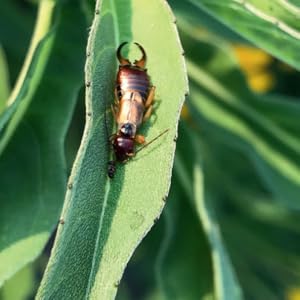
MEET THE BUGS
Let’s talk about bugs in the vegetable garden. It is always disheartening to discover damage from pests that covet your lovingly grown vegetables just as much as you do. The challenge is determining who the culprits are and knowing what to do about them.
This requires a bit of sleuthing on your part by observing the bugs—if you can see them—and the type of damage they are causing. Some are nocturnal and retreat to their hiding places during the day. In those cases, a trip to the garden after dark, with flashlight in hand, is in order. But more than anything, you’ll want to be very observant and gather the facts.
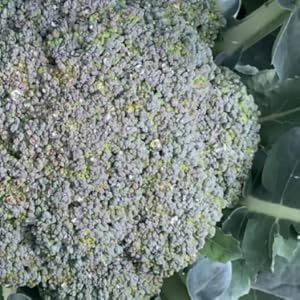
ORGANIC PEST MANAGEMENT PRODUCTS AND DIY PEST CONTROLS
In the previous chapter, I identified specific vegetable garden pests and the many options you have for controlling them. In this chapter, we’ll get down to the nuts and bolts of the control methods and how to implement them. In the first half are details on easy-to-find organic products available to gardeners. The second half is filled with economical projects you can make to keep away pests or lure them into a trap and some very cool items that will add greatly to your enjoyment of gardening.

WHAT’S YOUR “BUG” TOLERANCE?
I’ve got a question for you: When you walk into your garden and see one or two problem insects, do you dive into action or wait to see if you’ll need to intervene?
In some cases, particularly when it comes to vegetable gardens, it’s important to jump in right away while the pests are at a vulnerable stage and few in number. But remember that beneficials can help us out of a tight spot.
A few years ago, I was walking through my garden and stopped to check on the currant bushes. When I saw a lot of puckered leaves, I inwardly groaned. Aphids. I turned over some leaves. Yes, lots and lots of them were on the undersides. I debated about what I wanted to do but decided I didn’t have the time at the moment.
You guessed it: My schedule got busy over the next few days and I completely forgot about those aphids. A few days later, I suddenly remembered them and dashed back out to the garden. Instead of witnessing more aphid mayhem, I was pleasantly surprised to discover that almost all of them had vanished. In their place was a collection of adult ladybugs, their larvae, and even some pupae, which are essentially pre-adults.
As you can see in the photo opposite, ladybug larvae look rather frightening. Fortunately, I knew exactly what they were and that their voracious appetite for aphids is legendary. They had come to the rescue and enjoyed quite a feast, courtesy of my forgetting about the problem.
The moral of the story is this: If we are patient, beneficials will often take care of problems for us. Chapter two profiles the most common vegetable garden pests and the timing for using simple organic controls—and it indicates the natural predators that target each pest.
ORGANIC CONTROLS
- KAOLIN CLAY
- ROW COVERS
- SLUG AND SNAIL BAIT
- BEER TRAPS FOR SLUG CONTROL
- CARROT RUST FLY SCREEN
- COPPER TAPE FOR SLUG CONTROL
- INSECT HOTEL
- REFLECTIVE PLASTIC MULCH

PEST PROFILES
CABBAGE LOOPER Family name: Noctuidae Latin name: Trichoplusia ni
Cabbage looper moth larvae primarily chew on the leaves of cabbage family crops but can be found on a few other vegetables, as well. While they are widespread, loopers only overwinter in regions where the temperatures don’t drop below freezing. These caterpillars are pale green with white, lengthwise stripes and three pairs of prolegs that cause them to move in a looping motion typical of inchworms. They can grow up to 1½ inches (3.8 cm) long. Unlike cabbage worms (Pieris rapae, page 70), which are the larvae of butterflies, loopers have fairly smooth skin. The adult moths have speckled gray forewings with an unusual white pattern on them and pale brown hindwings; they are active at night.
LIFE CYCLE
The moths lay round, cream-colored eggs that hatch in 2 to 5 days. The larvae go through several instars over the course of 3 weeks. After pupating in a thin, silky cocoon located on or near the same plant upon which they’ve fed, they emerge as moths in 1 to 2 weeks. Even though the adult stage of the moth only lasts about 12 days, they can lay up to 600 eggs in that time.
TYPICALLY SEEN ON
Cabbage family crops (arugula, broccoli, Brussels sprouts, cabbage, cauliflower, kale, kohlrabi, mustard, radishes, rutabagas, turnips), lettuce, peas, potatoes, spinach
SIGNS OF THEIR ACTIVITY
Feeding damage on the undersides of the leaves; jagged holes through the leaves; holes that bore into the heads of cabbage or broccoli; green frass around or below the plant damage
CONTROLS
- Hand-pick the caterpillars, crush the eggs.
- Apply Bacillus thuringiensis variety kurstaki to the leaves when you detect damage.
- Apply insecticidal soap, Neem, plant extracts, pyrethrins, or spinosad.
- Clean up garden debris
- Eliminate nearby weedy areas during and at the end of the garden season to eliminate pupae.
 |  |  | |
|---|---|---|---|
| MINUTE PIRATE BUG (Anthocoridae) (adults and nymphs) | PARASITIC WASP (Hymenoptera) (adults and larvae) | TACHINID FLY (Tachinidae) (larvae only) | |
| PESTS IT EATS | Aphids, beet armyworms, corn earworms, harlequin bugs, various insect eggs, leafhoppers, Mexican bean beetle larvae, thrips, whiteflies | Aphids, asparagus beetles, cabbage loopers and worms, carrot rust flies, Colorado potato beetles, corn earworms, cucumber beetles, cutworms, diamondback moths, flea beetles, harlequin bug eggs, hornworms, Japanese beetles, leafminers | Beet armyworms, cabbage loopers, cabbage worms, Colorado potato beetle larvae, corn earworms, cucumber beetle larvae, cutworms, diamondback moth larvae, earwigs, Japanese beetle larvae, Mexican bean beetle larvae, squash bug larvae |
| PHYSICAL FEATURES | Adults have oval black bodies with white markings on their backs. The nymphs’ orange bodies are teardropshaped and they have red eyes. | There are many species, with the most common being Braconid (pictured), Chalcid, Ichneumon, and Trichogramma. They have slender bodies with narrow waists, threadlike antennae, and are black, red, or metallic. | Tachinid flies come in gray, brown, yellow, red, or metallic colors. They have rounded bodies and hairy abdomens. |
| HOW TO ENCOURAGE | Adults require the pollen and sap from spring-flowering plants when they first emerge in spring. Plant cover crops, such as buckwheat and crimson clover, and early blooming perennials (i.e., basket of gold, candytuft, coreopsis, daisies, and yarrow). | Provide pollen and nectar sources with flowers in the aster, carrot, and legume families. | Adults require nectar and pollen so plant flowers that bloom all season, including those of the carrot, aster, and milkweed families. Keep leaf litter for larvae to pupate in. |
- Mua astaxanthin uống có tốt không? Mua ở đâu? 29/10/2018
- Saffron (nhụy hoa nghệ tây) uống như thế nào cho hợp lý? 29/09/2018
- Saffron (nghệ tây) làm đẹp như thế nào? 28/09/2018
- Giải đáp những thắc mắc về viên uống sinh lý Fuji Sumo 14/09/2018
- Công dụng tuyệt vời từ tinh chất tỏi với sức khỏe 12/09/2018
- Mua collagen 82X chính hãng ở đâu? 26/07/2018
- NueGlow mua ở đâu giá chính hãng bao nhiêu? 04/07/2018
- Fucoidan Chính hãng Nhật Bản giá bao nhiêu? 18/05/2018
- Top 5 loại thuốc trị sẹo tốt nhất, hiệu quả với cả sẹo lâu năm 20/03/2018
- Footer chi tiết bài viết 09/03/2018
- Mã vạch không thể phân biệt hàng chính hãng hay hàng giả 10/05/2023
- Thuốc trắng da Ivory Caps chính hãng giá bao nhiêu? Mua ở đâu? 08/12/2022
- Nên thoa kem trắng da body vào lúc nào để đạt hiệu quả cao? 07/12/2022
- Tiêm trắng da toàn thân giá bao nhiêu? Có an toàn không? 06/12/2022
- Top 3 kem dưỡng trắng da được ưa chuộng nhất hiện nay 05/12/2022
- Uống vitamin C có trắng da không? Nên uống như thế nào? 03/12/2022
- [email protected]
- Hotline: 0909977247
- Hotline: 0908897041
- 8h - 17h Từ Thứ 2 - Thứ 7
Đăng ký nhận thông tin qua email để nhận được hàng triệu ưu đãi từ Muathuoctot.com
Tạp chí sức khỏe làm đẹp, Kem chống nắng nào tốt nhất hiện nay Thuoc giam can an toan hiện nay, thuoc collagen, thuoc Dong trung ha thao , thuoc giam can LIC, thuoc shark cartilage thuoc collagen youtheory dau ca omega 3 tot nhat, dong trung ha thao aloha cua my, kem tri seo hieu qua, C ollagen shiseido enriched, và collagen shiseido dạng viên , Collagen de happy ngăn chặn quá trình lão hóa, mua hang tren thuoc virility pills vp-rx tri roi loan cuong duong, vitamin e 400, dieu tri bang thuoc fucoidan, kem chống nhăn vùng mắt, dịch vụ giao hang nhanh nội thành, crest 3d white, fine pure collagen, nên mua collagen shiseido ở đâu, làm sáng mắt, dịch vụ cho thue kho lẻ tại tphcm, thực phẩm tăng cường sinh lý nam, thuoc prenatal bổ sung dinh dưỡng, kem đánh răng crest 3d white, hỗ trợ điều trị tim mạch, thuốc trắng da hiệu quả giúp phục hồi da. thuốc mọc tóc biotin

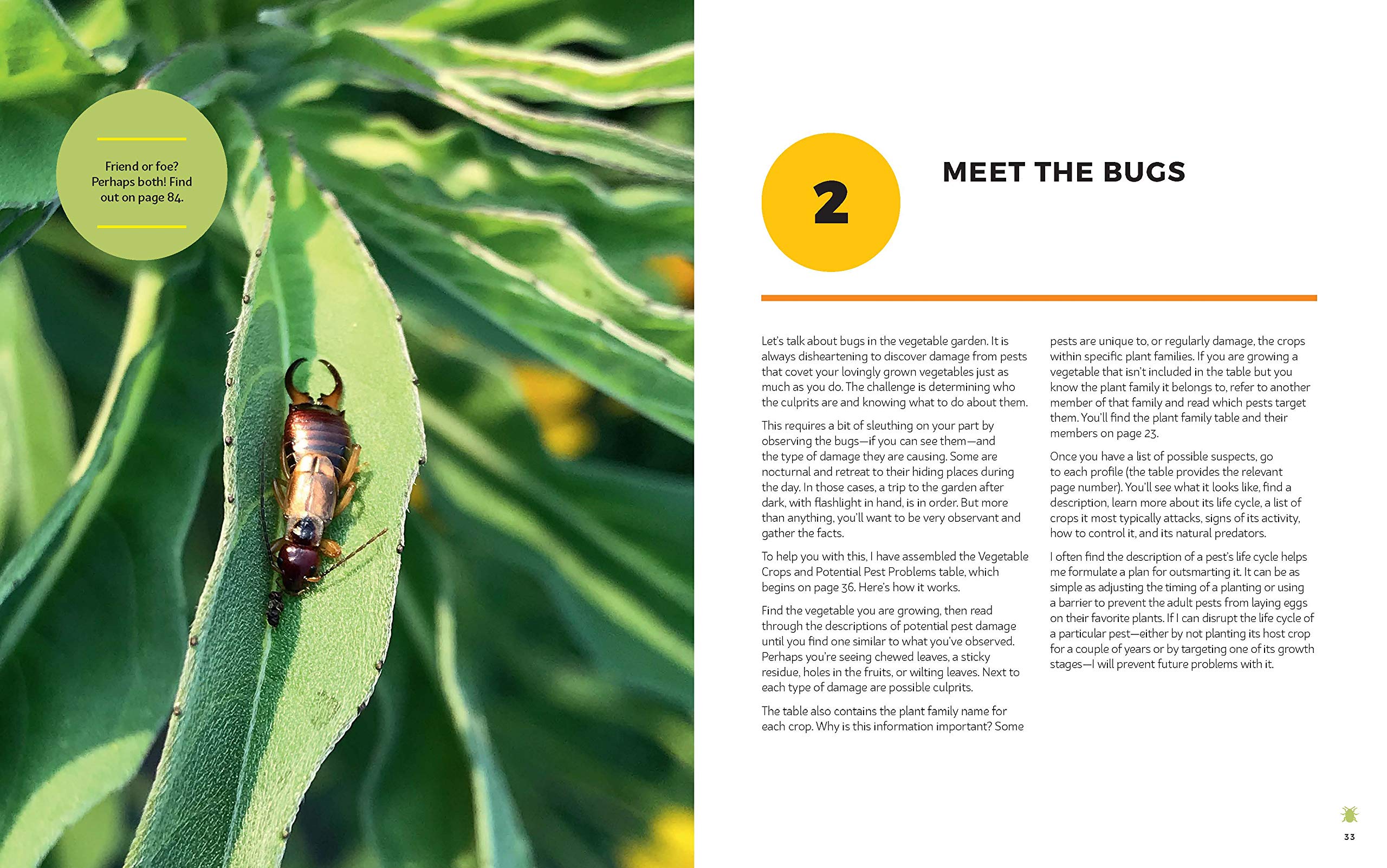










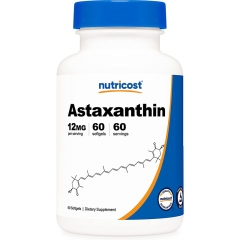

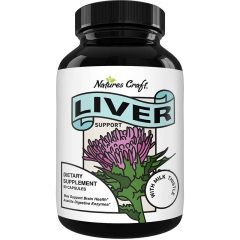




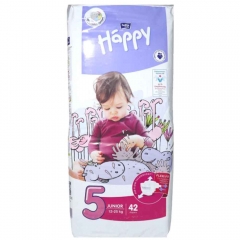







 KHUYẾN MÃI LỚN
KHUYẾN MÃI LỚN Hỗ Trợ Xương Khớp
Hỗ Trợ Xương Khớp Bổ Não & Tăng cường Trí Nhớ
Bổ Não & Tăng cường Trí Nhớ Bổ Sung Collagen & Làm Đẹp
Bổ Sung Collagen & Làm Đẹp Bổ Thận, Mát Gan & Giải Độc
Bổ Thận, Mát Gan & Giải Độc Chăm Sóc Sức khỏe Nam Giới
Chăm Sóc Sức khỏe Nam Giới Chăm Sóc Sức khỏe Nữ Giới
Chăm Sóc Sức khỏe Nữ Giới Chăm sóc Sức khỏe Trẻ Em
Chăm sóc Sức khỏe Trẻ Em Thực Phẩm Giảm Cân, Ăn Kiêng
Thực Phẩm Giảm Cân, Ăn Kiêng Bổ Sung Vitamin & Khoáng Chất
Bổ Sung Vitamin & Khoáng Chất Bổ Tim Mạch, Huyết Áp & Mỡ Máu
Bổ Tim Mạch, Huyết Áp & Mỡ Máu Bổ Mắt & Tăng cường Thị lực
Bổ Mắt & Tăng cường Thị lực Điều Trị Tai Mũi Họng
Điều Trị Tai Mũi Họng Sức Khỏe Hệ Tiêu hóa
Sức Khỏe Hệ Tiêu hóa Chăm Sóc Răng Miệng
Chăm Sóc Răng Miệng Chống Oxy Hóa & Tảo Biển.
Chống Oxy Hóa & Tảo Biển.